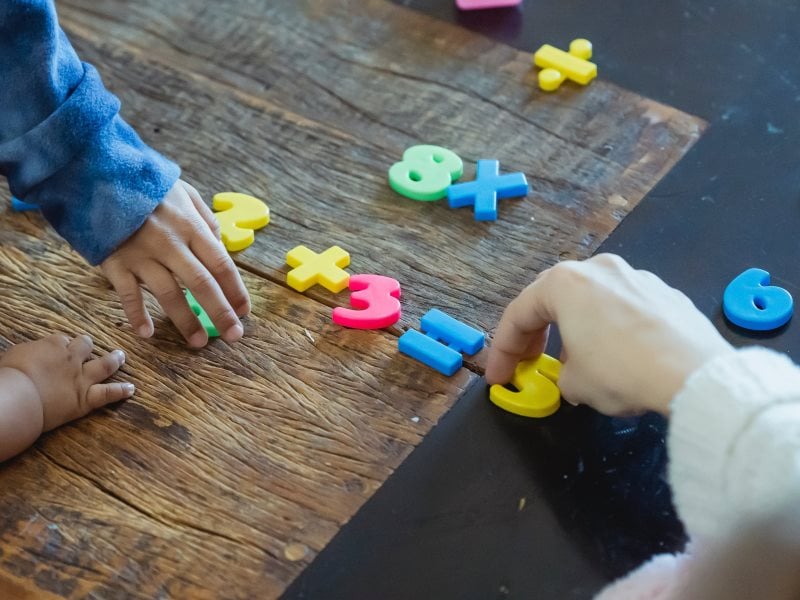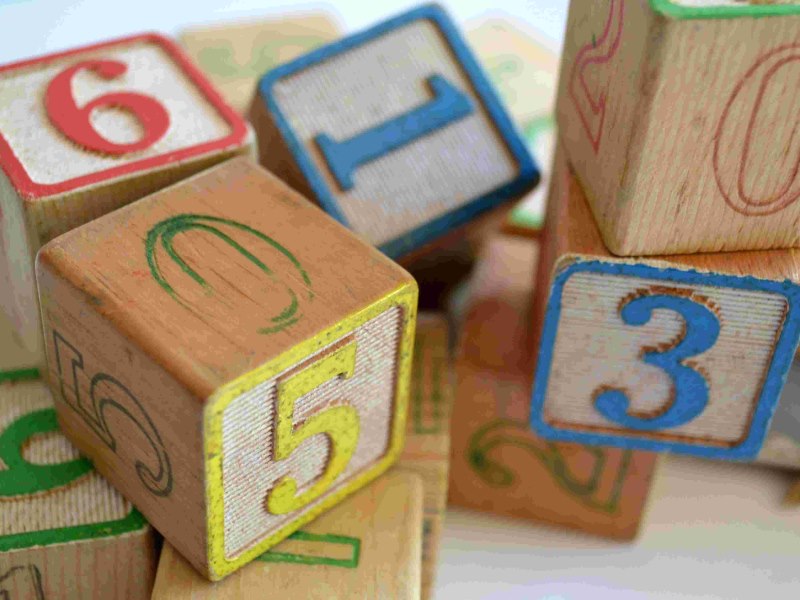Complete NJ Department of Education Standards for Grade 4 students in Math

The following are the New Jersey State Mathematics Learning Standard for Grade 4 The standards are dense. If you want a simpler explanation of what your child should learn read our Guide to the Fourth Grade instead.
Grade 4
In Grade 4, instructional time should focus on three critical areas: (1) developing understanding and fluency with multi-digit multiplication, and developing an understanding of dividing to find quotients involving multi-digit dividends; (2) developing an understanding of fraction equivalence, addition, and subtraction of fractions with like denominators, and multiplication of fractions by whole numbers; (3) understanding that geometric figures can be analyzed and classified based on their properties, such as having parallel sides, perpendicular sides, particular angle measures, and symmetry.
(1) Students generalize their understanding of place value to 1,000,000, understanding the relative sizes of numbers in each place. They apply their understanding of models for multiplication (equal-sized groups, arrays, area models), place value, and properties of operations, in particular the distributive property, as they develop, discuss, and use efficient, accurate, and generalizable methods to compute products of multi-digit whole numbers. Depending on the numbers and the context, they select and accurately apply appropriate methods to estimate or mentally calculate products. They develop fluency with efficient procedures for multiplying whole numbers; understand and explain why the procedures work based on place value and properties of operations and use them to solve problems. Students apply their understanding of models for division, place value, properties of operations, and the relationship of division to multiplication as they develop, discuss and use efficient, accurate, and generalizable procedures to find quotients involving multi-digit dividends. They select and accurately apply appropriate methods to estimate and mentally calculate quotients, and interpret remainders based upon the context.
(2) Students develop an understanding of fraction equivalence and operations with fractions. They recognize that two different fractions can be equal (e.g., 15/9 = 5/3), and they develop methods for generating and recognizing equivalent fractions. Students extend previous understandings about how fractions are built from unit fractions, composing fractions from unit fractions, decomposing fractions into unit fractions, and using the meaning of fractions and the meaning of multiplication to multiply a fraction by a whole number.
(3) Students describe, analyze, compare, and classify two-dimensional shapes. Through building, drawing, and analyzing two-dimensional shapes, students deepen their understanding of the properties of two-dimensional objects and use them to solve problems involving symmetry.
The full article can be found here for a good night's sleep: http://www.state.nj.us/education/cccs/2016/math/g04.pdf





